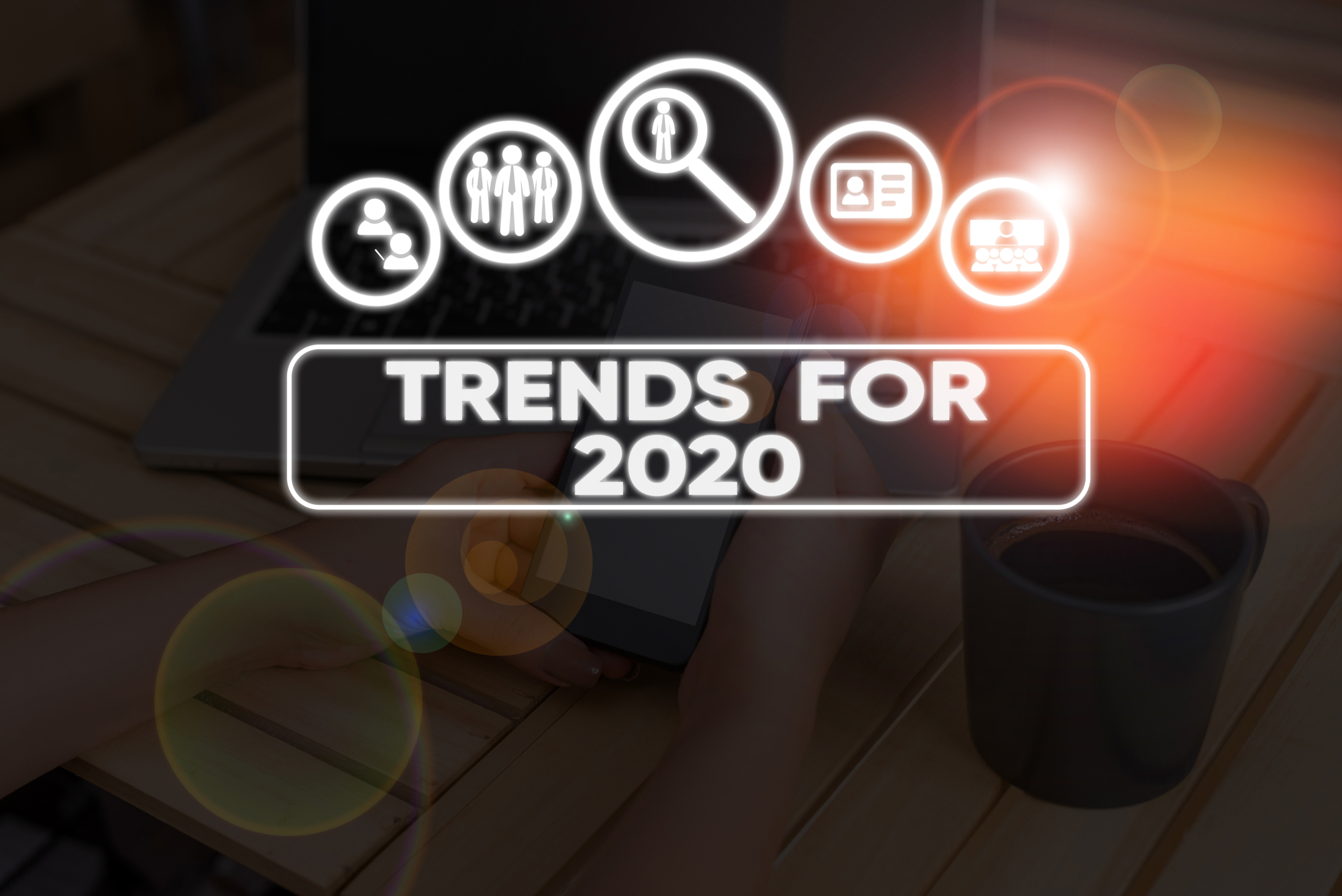Marketing is one of the fastest-changing professions today. With that, you never want to find yourself stuck in a rut or using outdated strategy. As the end of the year approaches, it’s the perfect time to research
- Home
- Tag: Digital Advertising
When building PPC campaigns, marketers usually focus on what should be included in targeting attributions. However, campaign exclusions are equally as important. Negative audiences, keywords, and other exclusions help to reduce wasted spend ensure people see the
Onimod Global is officially 10 years old! We’re celebrating a decade of providing expert and innovative digital marketing solutions for our clients. Working with companies of all sizes, in many industries across the globe has given us
Society is more diverse and inclusive than ever before. With that, consumers are demanding that marketing pay attention to and represent people as they really are: A huge varied spectrum of race, bodies, gender, and socioeconomic classes.
Earlier this week YouTube launched a new way to run video ad campaigns. Advertisers can now upload three different types of videos under one campaign, and it apparently cuts campaign costs by more than 20%. In the
Social listening is an invaluable marketing tool that not enough companies take full advantage of. It allows you to track, analyze, and respond to conversations about your brand, competitors, and your entire industry online. If you don’t
Marketers have been tracking behavior, targeting individuals, and gathering endless data with implicit consent for years now. But after recently learning about privacy breaches across social platforms and search engines, consumers have started taking ownership over their
On August 29th Facebook started their global roll out of their new lead generation feature in Messenger to all advertisers. This feature allows businesses to create an automated question and answer experience within their Messenger app that
The days of the “sell and forget” relationship between customers and brands is long gone. Most brands now aim for having exceptional customer service and continuous customer engagement. Brand loyalty is more crucial than ever due to
As more businesses shift away from traditional marketing tactics, agencies should follow suit. The times of one-time projects, lower value relationships, and thoughtless solutions with no unified reporting will lead to failure. The demand for full digital















